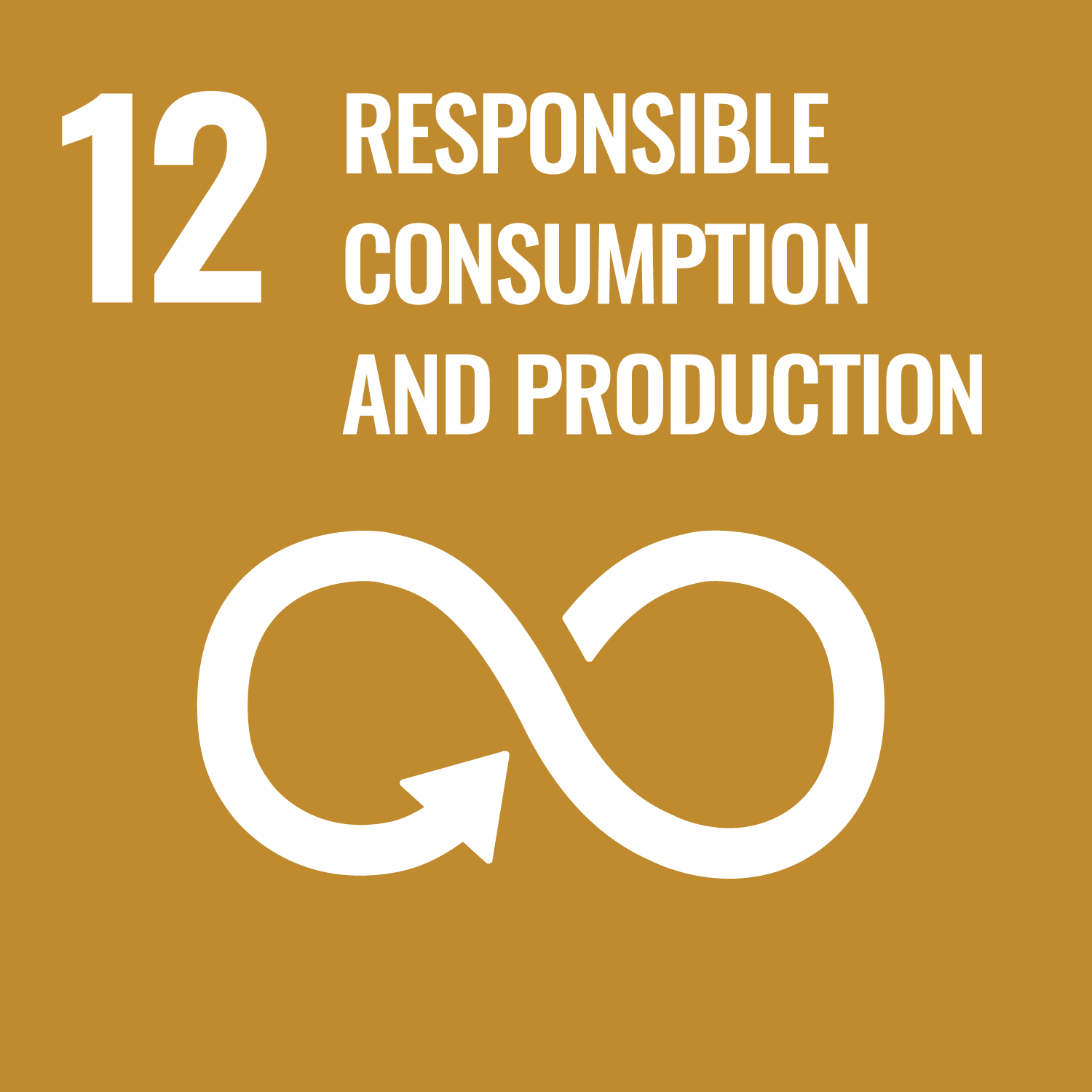Simonaviciene, B. orcid.org/0000-0002-4029-5574, Araoyinbo, A., Ali, J. et al. (8 more authors) (2025) A new yeast strain for valorisation of vinasse, a rum distillery waste product. Biotechnology for Biofuels and Bioproducts, 18. 76. ISSN: 1754-6834
Abstract
Background Waste valorisation refers to processes of reusing or recycling waste materials to create valuable products. In the Rum distillery industry, the primary waste byproducts include bagasse, a solid waste made up of sugar cane residue and vinasse, a thick and acidic liquid. Although vinasse has been repurposed in agricultural fields, it has also contributed to both soil and ocean pollution. Despite several potential solutions having been suggested, an effective and environmentally safe use for vinasse has yet to be found.
Results The valorisation of vinasse for biofuel production was explored by assessing its potential as a growth medium for lipid production by non-conventional yeasts. The oleaginous yeast strain Yarrowia lipolytica, known for its lipid production capabilities, was initially tested on vinasse but required further adaptation and optimization. To circumvent this, we isolated a novel yeast strain from old vinasse waste, named V1, which demonstrated strong growth potential. The growth conditions of V1, including temperature and acidity, were characterized, and its potential for bioengineering was evaluated. This strain exhibited resistance to highly acidic pH levels and higher temperatures when cultivated on YPV, an artificial laboratory medium designed to mimic the acidity and glycerol content of vinasse. Whole genome sequencing (WGS) identified V1 as Pichia kudriavzevii. We demonstrated that V1 could be transformed with Yarrowia lipolytica vectors using the classical yeast heat shock protocol, thus enabling potential genetic engineering. Finally, lipid content in V1 was analysed in different conditions, confirming the strain's potential for biofuel production.
Conclusions Pichia kudriavzevii is not a traditional yeast, but its ability to adapt and grow under extreme pH and higher temperature conditions makes it a promising candidate for rum industry waste management applications. This strain could potentially be utilised to convert vinasse and other food waste products into valuable biofuels. Although further research is required to engineer and optimize this novel strain for vinasse cultivation, our findings highlight its great potential as a micro-factory in rum-producing regions and high locations, where agricultural waste is in need of valorisation solutions.
Metadata
| Item Type: | Article |
|---|---|
| Authors/Creators: |
|
| Copyright, Publisher and Additional Information: | © The Author(s) 2025. This is an open access article under the terms of the Creative Commons Attribution License (CC-BY 4.0), which permits unrestricted use, distribution and reproduction in any medium, provided the original work is properly cited. |
| Keywords: | Vinasse, Pichia kudriavzevii, Yarrowia lipolytica, Biofuel, Rum distillery |
| Dates: |
|
| Institution: | The University of Leeds |
| Academic Units: | The University of Leeds > Faculty of Biological Sciences (Leeds) > School of Biomedical Sciences (Leeds) The University of Leeds > Faculty of Biological Sciences (Leeds) > School of Biology (Leeds) |
| Depositing User: | Symplectic Publications |
| Date Deposited: | 15 Sep 2025 10:52 |
| Last Modified: | 15 Sep 2025 10:52 |
| Status: | Published online |
| Publisher: | BMC |
| Identification Number: | 10.1186/s13068-025-02671-0 |
| Related URLs: | |
| Sustainable Development Goals: | |
| Open Archives Initiative ID (OAI ID): | oai:eprints.whiterose.ac.uk:231518 |


 CORE (COnnecting REpositories)
CORE (COnnecting REpositories) CORE (COnnecting REpositories)
CORE (COnnecting REpositories)